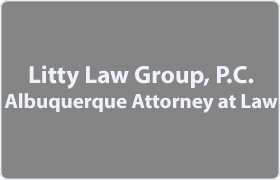Bloomfield Bankruptcy & Debt Lawyer, New Mexico
Sponsored Law Firm
-
 x
x

Click For More Info:
-
Litty Law Group, P.C.
500 Marquette Ave NW Suite 1200 Albuquerque, NM 87102» view mapBankruptcy & Debt and Immigration Law Albuquerque’s Attorney
I’m Jon Litty and I’m here to serve you, Albuquerque! I will fight to get you what you rightfully deserve.
505-862-5061
Not enough matches for Bloomfield Bankruptcy & Debt lawyer.
Below are all Bloomfield lawyers.
Thomas Ryan Lane
Corporate, Property Damage, Military & Veterans Appeals, Federal Trial Practice
Status: In Good Standing
Thomas Ryan Lane
Corporate, Property Damage, Military & Veterans Appeals, Federal Trial Practice
Status: In Good Standing
Curtis R. Gurley
Real Estate, Litigation, Federal Appellate Practice, Corporate
Status: In Good Standing
 Jon Litty Albuquerque, NM
Jon Litty Albuquerque, NM Practice AreasExpertise
Practice AreasExpertise
